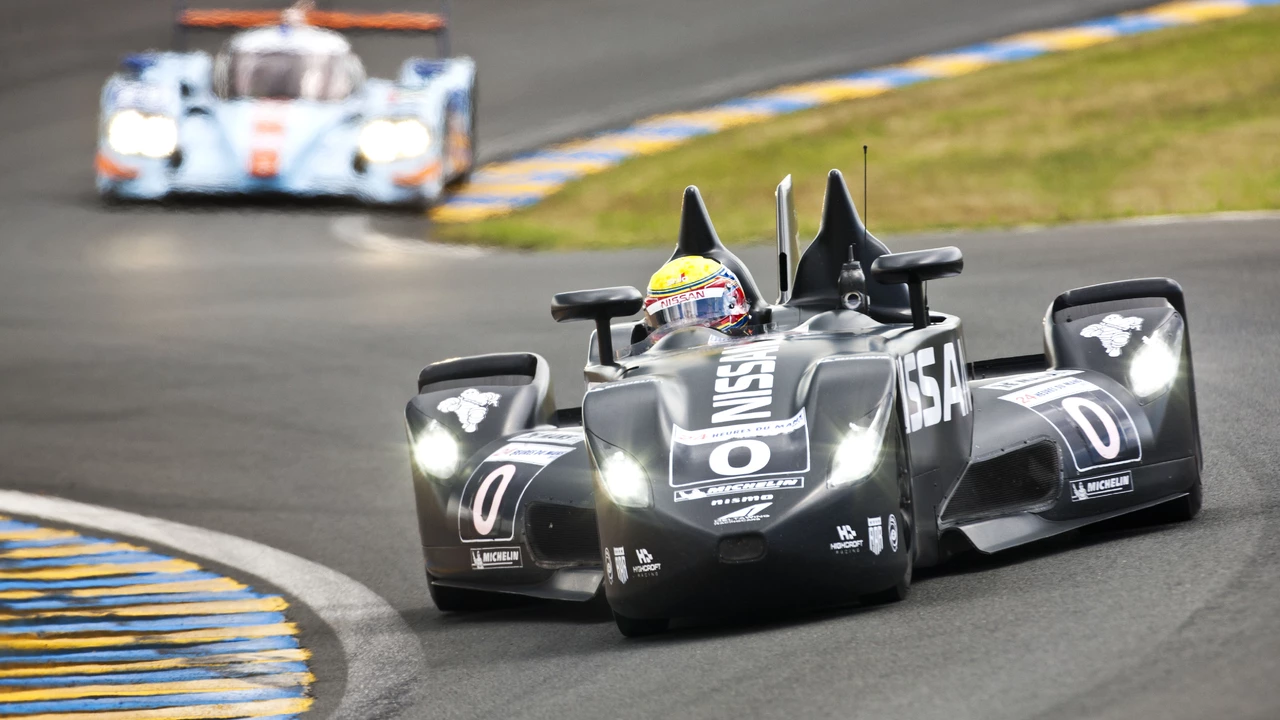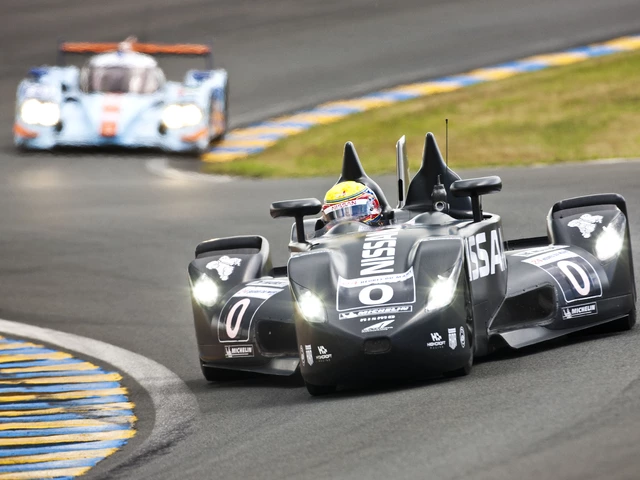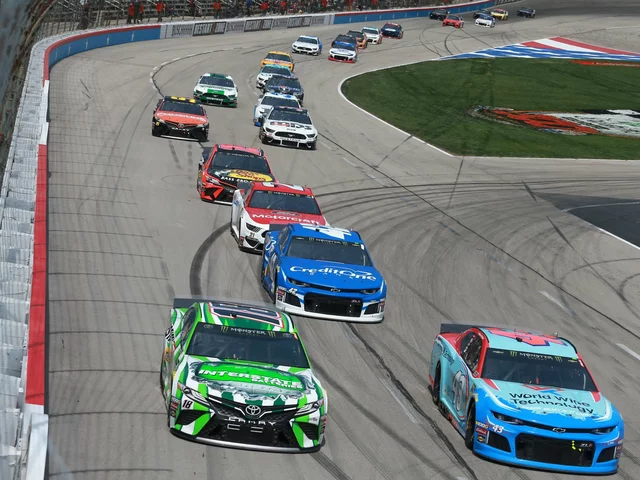The Historical Tradition of Running to Cars in Le Mans
Le Mans, the iconic 24-hour endurance race, is renowned for a unique spectacle: drivers sprinting towards their cars at the race's start. This tradition, known as "Le Mans start," has a long history rooted in the race's early years. In the initial races, drivers had to run to their cars, start them up, and then drive off, all without any assistance. This was a test of not only their driving prowess, but also their physical endurance and agility. It was a visually exciting start to the race, adding an additional element of anticipation for spectators.
The Practical Reason Behind the Run
The run to the cars wasn't just for show. There was a practical reason behind it. The Le Mans start was designed to ensure the drivers' safety. The idea was that drivers would be more careful at the start of the race if they had to manually start their cars, reducing the chances of a catastrophic pile-up at the beginning of the race. It was a clever way to inject a bit of caution into a sport that was inherently dangerous.
The Evolution of the Tradition
Over the years, the Le Mans start has changed. The race's rules evolved, and drivers no longer had to run to their cars. Instead, they started inside their vehicles. However, the spirit of the Le Mans start remained. The drivers still had to manually start their cars, keeping the element of challenge and unpredictability that made the start of the race so thrilling.
The End of the Running Start
Unfortunately, the traditional Le Mans start came to an end in 1970. The decision was made for safety reasons. It was deemed too risky for drivers to sprint across the track, climb into their cars, and start them manually. The risk of accidents was too high, and the race's organizers made the difficult decision to abandon the tradition.
The Legacy of the Le Mans Start
Even though the Le Mans start is no longer practiced, its legacy lives on. The image of drivers sprinting to their cars at the start of the race is an iconic symbol of the Le Mans race. It's a reminder of the race's rich history and the daring spirit of its drivers.
Le Mans Start in Popular Culture
The Le Mans start has been immortalized in popular culture. It has been featured in films and books, capturing the excitement and drama of the race's start. It's a symbol of the intensity and thrill of motorsport, a testament to the courage and skill of the drivers who participate in the race.
The Modern Le Mans Start
Today, the Le Mans start is a bit different. Drivers no longer run to their cars, but the start of the race is still a dramatic spectacle. Cars are lined up on the track, engines revving, as the drivers prepare to embark on a grueling 24-hour race. It's a moment of high tension and excitement that sets the tone for the entire race.
The Role of the Le Mans Start in Endurance Racing
Despite the changes, the spirit of the Le Mans start remains a major part of endurance racing. It's a symbol of the physical and mental challenges that drivers face in the race. The Le Mans start is a reminder of the race's roots, and its enduring appeal to both drivers and spectators.
The Future of the Le Mans Start
What does the future hold for the Le Mans start? It's hard to say. The tradition has evolved over the years, and it may continue to change. But one thing is certain: the Le Mans start will always be a beloved part of the race's history, a symbol of the thrill and challenge of endurance racing.
Conclusion: The Enduring Appeal of the Le Mans Start
The Le Mans start, in its original or modern form, is an integral part of the race's identity. It's a symbol of the race's history, its challenges, and its thrilling appeal. Whether drivers are sprinting to their cars or revving their engines on the starting line, the Le Mans start is a vital part of the race's drama and allure.








Write a comment